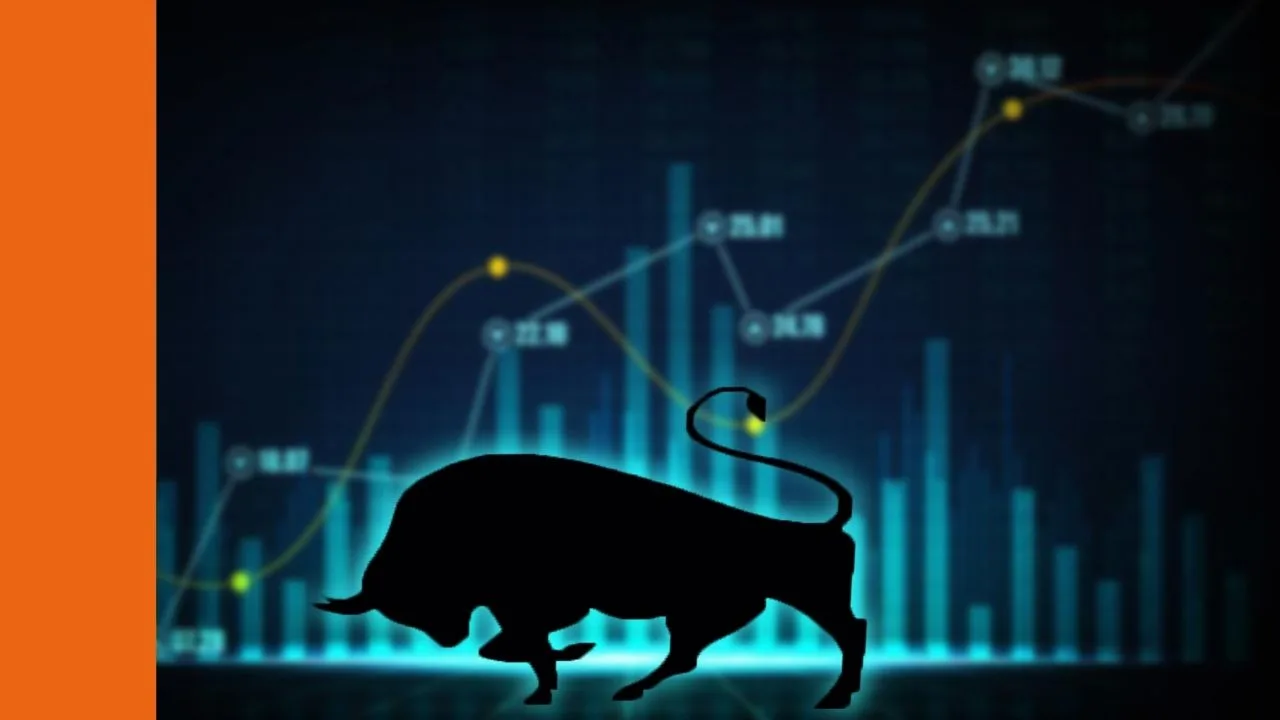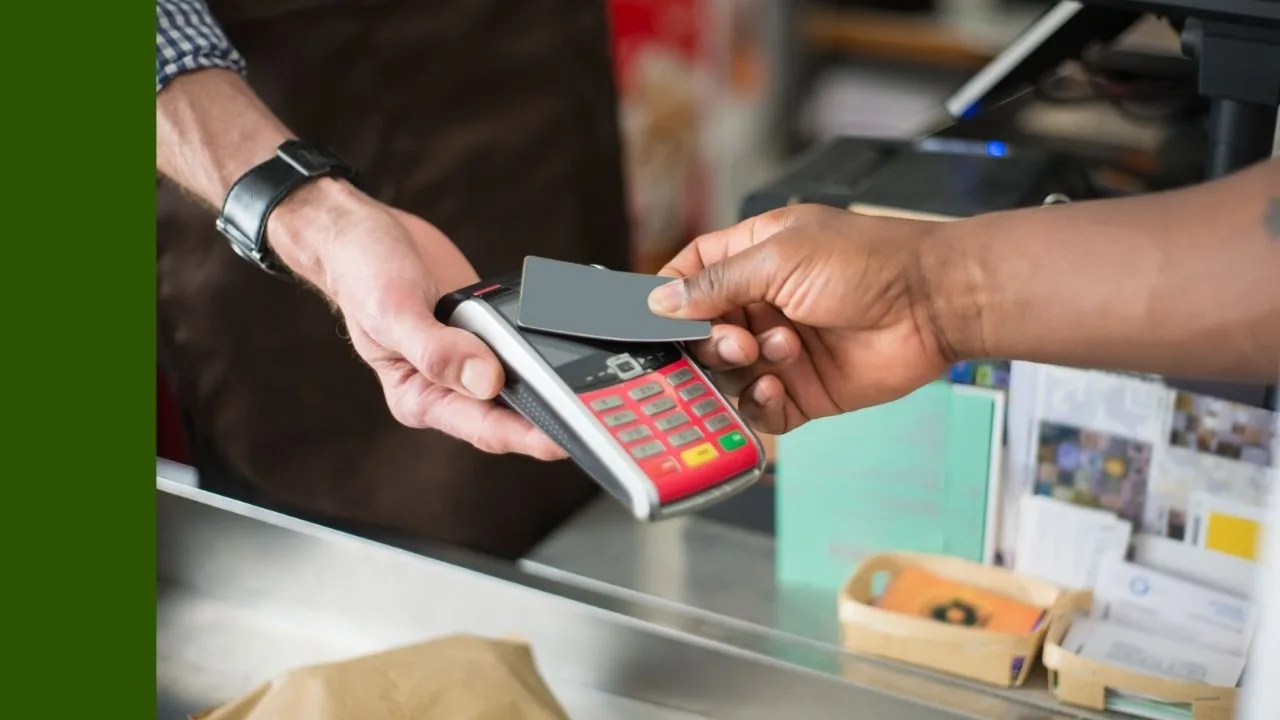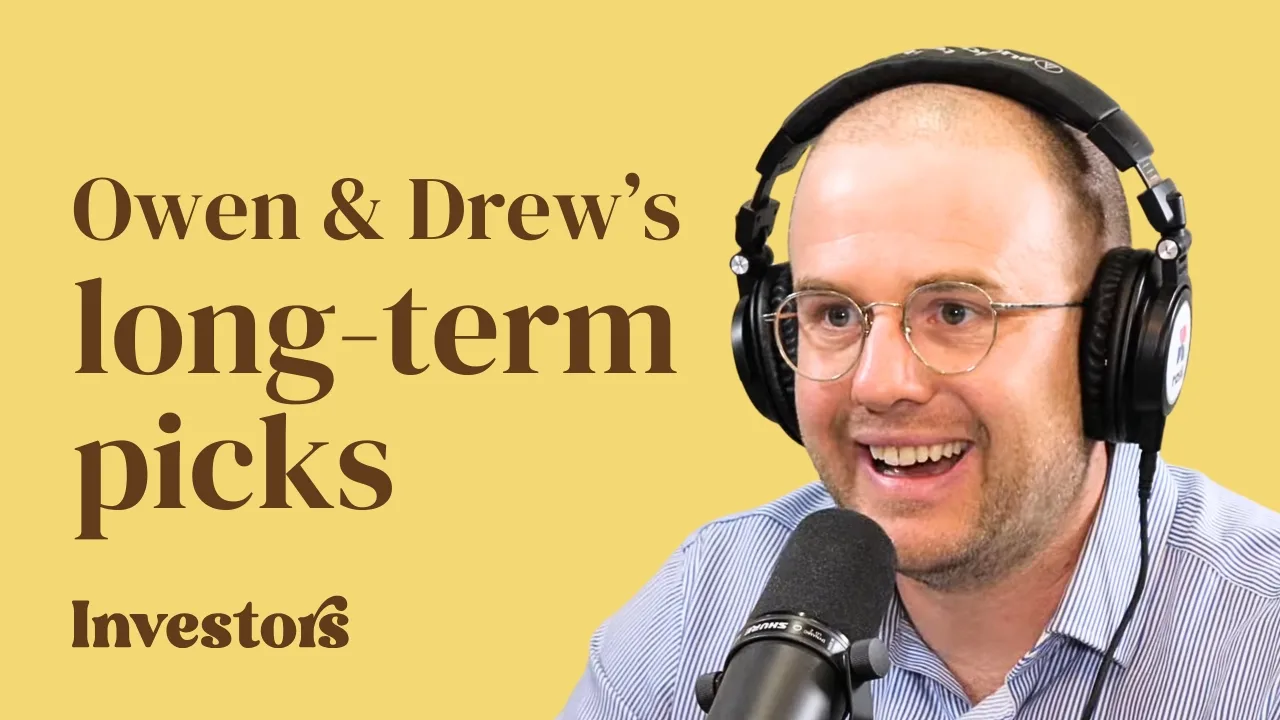The Xero Ltd (ASX:XRO) share price is up 46.33% since the start of 2024. So, how can you put a value on the XRO share price? Here are the key numbers.
XRO share price in focus
Xero founder Rod Drury started the company in 2006 in Wellington, New Zealand. He led the company until 2018 and remained on the board until 2023. Today, Xero helps millions of people and businesses manage their accounting and tax obligations across the globe.
The cloud-based accounting software developed by Xero is primarily for accountants and bookkeepers to better service their small business customers.
Through Xero, small business owners and their advisors have access to real-time financial data on any device. Xero provides its core cloud accounting software to customers in New Zealand, Australia, the UK and, over the last few years has been working hard to break into the US market.
The key metrics
If you’ve ever tried reading a company’s income statement on the annual report, you’ll know just how complex it can get. While there are any number of ways you could slice up the statement, three key figures are revenue, gross margin, and profit.
Revenue is important for obvious reasons – everything else (profit, margins, return on equity etc.) is downstream of a company’s ability to generate sales and revenue. What we’re looking for is not so much the absolute number, but the trend. XRO last reported an annual revenue of $1,714m with a compound annual growth rate (CAGR) over the last 3 years of 26.4% per year.
The next thing we’ll want to consider is the gross margin. The gross margin tells us how profitable the core products/services are – before you take into account all the overhead costs, how much money does the company make from selling $100 worth of goods and services? XRO’s latest reported gross margin was 88.2%.
Finally, we get to profit, the real headline number. Last financial year Xero Ltd reported a profit of $175m. That compares to 3 years ago when they made a loss of -$9m, so it’s positive to see how profits have recovered.
Financial health of XRO shares
Next, we could consider the capital health of the company. What we’re trying to work out is whether the company is generating a reasonable return on their equity (the total shareholder value) and whether they have a good safety buffer. One important measure to consider is net debt. This is simply the total debt minus the company’s cash holdings.
In the case of XRO, the current net debt sits at -$306m. A high number here means that a company has a lot of debt which potentially means higher interest payments, greater instability, and higher sensitivity to interest rates. A negative value on the other hand indicates the company has more cash than debt, which can be seen as good (a big safety buffer) or bad (inefficient capital allocation).
A metric that might be more valuable to us is the debt/equity percentage. This tells us how much debt the company has relative to shareholder ownership. In other words, how leveraged is the company? Xero Ltd has a debt/equity ratio of 87.9%, which means they have more equity than debt.
Finally, we can look at the return on equity (ROE). The ROE tells us how much profit a company is generating as a percentage of its total equity – high numbers indicate the company is allocating capital efficiently and generating value, while a low number suggests that company growth may be starting to slow. XRO generated an ROE of 14.3% in FY24.
What to make of XRO shares?
As a growth company, one way to put a general prediction on the XRO share price could be to compare its price-to-sales multiple over time. Currently, Xero Ltd shares have a price-sales ratio of 16.14x, compared to its 5-year average of 18.65x, meaning its shares are trading below their historical average. This could mean that the share price has fallen, or sales have increased, or both. In the case of XRO, revenue has been growing over the last 3 years. Please keep in mind that context is important – and this is just one valuation technique. Investment decisions can’t just be based on one metric.
The Rask websites offer free online investing courses, created by analysts explaining things like Discounted Cash Flow (DCF) and Dividend Discount Models (DDM). They even include free valuation spreadsheets! Both of these models would be a better way to value the XRO share price.







